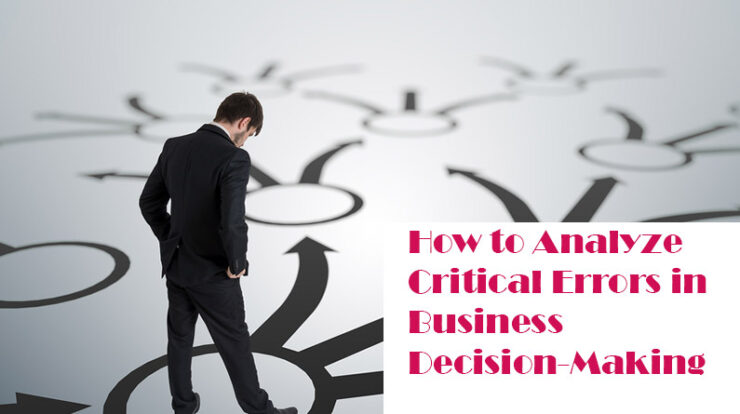
In today’s business world, data is considered the new oil. And businesses need to harness the power of data to make informed decisions and stay ahead of the competition.
Business Analytics is the process of using data to analyse and gain insights into business performance, which can help organisations make informed decisions.
The 7-step Business analytics process is a framework that helps organisations develop and implement a successful analytics strategy. This blog post will explore these steps in detail and discuss how they can help organisations gain a competitive advantage in today’s data-driven business environment.
1.Define Business Problem
Defining the business problem is the first step in the business analytics process. It involves identifying the key business challenges that need to be addressed, which could be anything from improving customer satisfaction to reducing costs or increasing revenue.
Defining the problem can help organisations set clear goals and objectives, which will guide the analytics process. For example, a retail store may want to boost sales and reduce customer churn. In this case, the business problem is to improve customer loyalty and retention.
2.Gather Data
After defining the problem, the next step is to collect data. It involves gathering relevant data from various sources, including internal and external. This data could include customer data, sales data, financial data, and other relevant data points.
It is essential to ensure that the data collected is accurate and reliable, as the insights generated will only be as good as the data collected.
3.Prepare Data
The third step is to prepare the data for analysis. It includes cleaning the data and transforming it into a usable format. The data should be organised and structured in a way that makes it easy to analyse. This step is critical since the quality of the insights generated will depend on the data quality. Therefore, it is essential to ensure that the data is of high quality and prepared in a way conducive to analysis.
4.Analyse Data
During this step, statistical and analytical tools are used to identify patterns and trends in the data. The analysis should be designed to answer the defined business problem.
In the case of a retail store, for example, data should be analysed to identify patterns in customer behaviour that can be used to increase sales and reduce churn. This could include analysing customer purchase history, demographics, and preferences.
5.Generate Insights
Following the data analysis, the next step is to generate insights. These insights should be relevant to the defined business problem and provide actionable recommendations for improving business performance.
In the case of the retail store, for example, the insights developed could include recommendations to improve customer experiences, such as personalised offers or loyalty programmes.
6.Communicate Insights
Communicating the developed insights is the sixth step in the business analytics process. It entails sharing insights with both technical and non-technical stakeholders.
The insights should be communicated in a way that is easy to understand and relevant to the stakeholders’ needs. This step is critical since the insights generated will only be valuable if they are understood and implemented.
7.Implement Insights
The final step in the business analytics process is to implement the developed insights. It entails taking action based on the insights generated to improve business performance, which could lead to changes to business processes, products or services, or marketing strategies.
Following the example of a retail store, the insights could be implemented by launching personalised offers or loyalty programmes to improve customer experience and increase sales.
Business Analytics Online Courses to Help You Advance Your Career
The 7-step business analytics process is an essential framework that helps businesses make data-driven decisions. From problem identification to model deployment, the process provides a systematic approach to analysing and interpreting data and deriving valuable insights. Mastering this process can help professionals add significant value to their organisations and advance their careers.
Moreover, enrolling in business analytics online courses can provide professionals with the necessary skills and knowledge to apply the 7-step process effectively. These professional courses offer flexible schedules, interactive learning materials, and access to industry experts, making it easier for professionals to learn at their own pace and from anywhere.
Therefore, enrol in business analytics online courses to stay ahead of the competition and excel in today’s data-driven world.






